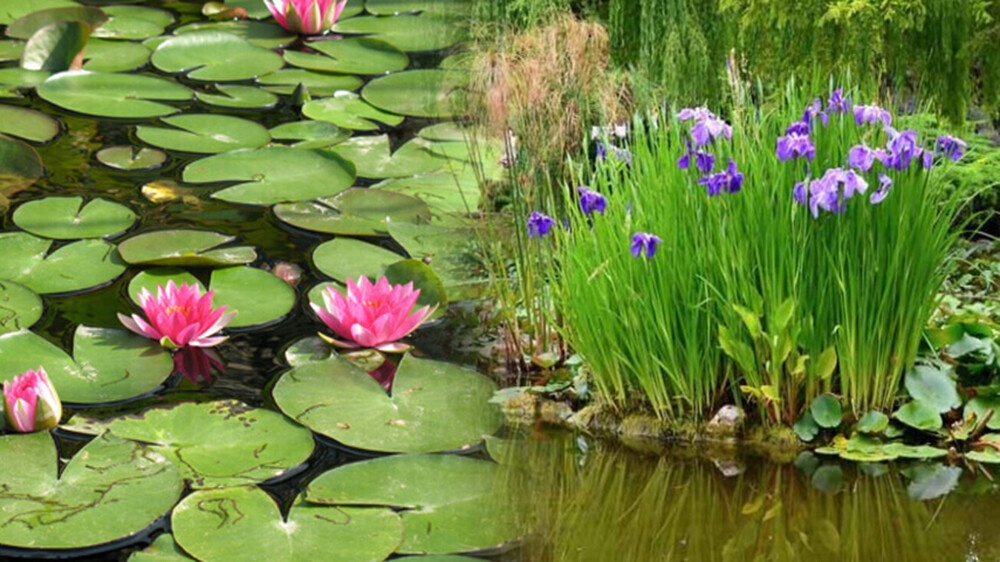Introduction to Aquatic Plant Benefits
In the world of pond care, clarity and quality of water are paramount for creating a thriving aquatic environment. Aquatic plants play a pivotal role in achieving this goal, acting as natural filters that help maintain clear and healthy water. Not only do these plants add aesthetic value to ponds, but they also contribute significantly to the ecological balance, providing oxygen, shelter, and food for various aquatic creatures. This article will delve into the best aquatic plants that serve as natural filtration solutions for pond water.
Key Aquatic Plants for Natural Filtration
Water Lilies (Nymphaeaceae): Water lilies are not just celebrated for their beauty; they are excellent at providing shade and reducing algae growth by limiting sunlight penetration into the water. Their broad leaves cover a significant surface area, minimizing the light that algae need to thrive, thus contributing to clearer water.
Cattails (Typha)
Known for their distinctive tall and slender appearance, cattails are efficient at absorbing nutrients from the water, effectively outcompeting algae for resources. They are particularly useful for edge planting, where they can also act as a natural filter, trapping sediment and reducing nutrient runoff into the pond.
Hornwort (Ceratophyllum demersum)
As a submerged plant, hornwort plays a crucial role in oxygenating the water, which is vital for fish and beneficial bacteria. It absorbs nutrients directly from the water, making it less hospitable for algae growth. Hornwort is a low-maintenance aquatic plant, requiring no anchoring to the pond's bottom.
Water Hyacinth (Eichhornia crassipes)
This floating plant is highly effective at absorbing nutrients and provides a root system that acts as a natural filter, trapping particles and promoting clear water. It's important to note, however, that water hyacinth can grow rapidly and may require regular thinning to prevent it from overtaking a pond.
Duckweed (Lemna minor)
Duckweed, with its small, green leaves, forms a floating mat on the water's surface. It's highly efficient at nutrient uptake, which can help control algae blooms. Despite its benefits, duckweed grows quickly and should be managed to avoid covering the entire pond surface.
Anacharis (Elodea canadensis)
Anacharis is a submerged aquatic plant that filters nutrients and provides oxygen, promoting a balanced ecosystem. It's a favorite among pond owners for its ease of care and its ability to keep water clear by competing with algae for nutrients.
Implementing Aquatic Plants in Your Pond
Incorporating a mix of floating, submerged, and marginal aquatic plants will create a balanced, natural filtration system for your pond. It's essential to consider the size of your pond and the growth habits of each plant to ensure they complement rather than overwhelm the space. Regular maintenance, such as pruning and thinning, will keep your plants healthy and prevent them from becoming too invasive.
Conclusion
Aquatic plants are nature's solution to maintaining clear and healthy pond water. By carefully selecting and managing a variety of these natural filters, pond owners can enjoy the dual benefits of a beautiful aquatic landscape and a thriving ecosystem. Remember, the key to success lies in balance—combining different types of aquatic plants will enhance their filtration capabilities and support a vibrant pond environment.


No comments yet